246794
Pentaerythritol-Tetraacrylat-, Pentaerythritol-Triacrylat- und Trimethylolpropan-Triacrylat-Gemisch
Synonym(e):
PTA/TMPTA-Mischung, Pentaerythritol-Acrylat-Mischung
About This Item
Empfohlene Produkte
Enthält
300-400 ppm monomethyl ether hydroquinone as inhibitor
Qualitätsniveau
Brechungsindex
n20/D 1.483
Dichte
1.18 g/mL at 25 °C
SMILES String
O=C(C=C)OCC(COC(C=C)=O)(COC(C=C)=O)COC(C=C)=O.OCC(COC(C=C)=O)(COC(C=C)=O)COC(C=C)=O.CCC(COC(C=C)=O)(COC(C=C)=O)COC(C=C)=O
Verwandte Kategorien
Allgemeine Beschreibung
Anwendung
- As a cross-linking agent to synthesize biodegradable poly (1,3-trimethylene carbonate) (PTMC) networks with improved creep resistance and thermal stability. PMTC networks find application in the field of soft tissue engineering.
- As a monomer precursor to prepare light-curing dental composites via photopolymerization.
- To fabricate polymer-dispersed liquid crystal(PDLC) films with low driving voltage, moderately high contrast ratio, and fast response time. These PDLC films are utilized in optoelectronic devices such as OLEDs, FET, and solar cells.
- As a monomer mixture to prepare 3D bioprinting resins viaphotopolymerization.
Signalwort
Warning
Gefahreneinstufungen
Aquatic Acute 1 - Aquatic Chronic 1 - Carc. 2 - Eye Irrit. 2 - Skin Irrit. 2 - Skin Sens. 1
Lagerklassenschlüssel
10 - Combustible liquids
WGK
WGK 2
Flammpunkt (°F)
230.0 °F - closed cup
Flammpunkt (°C)
110 °C - closed cup
Persönliche Schutzausrüstung
Eyeshields, Faceshields, Gloves, type ABEK (EN14387) respirator filter
Analysenzertifikate (COA)
Suchen Sie nach Analysenzertifikate (COA), indem Sie die Lot-/Chargennummer des Produkts eingeben. Lot- und Chargennummern sind auf dem Produktetikett hinter den Wörtern ‘Lot’ oder ‘Batch’ (Lot oder Charge) zu finden.
Besitzen Sie dieses Produkt bereits?
In der Dokumentenbibliothek finden Sie die Dokumentation zu den Produkten, die Sie kürzlich erworben haben.
Kunden haben sich ebenfalls angesehen
Unser Team von Wissenschaftlern verfügt über Erfahrung in allen Forschungsbereichen einschließlich Life Science, Materialwissenschaften, chemischer Synthese, Chromatographie, Analytik und vielen mehr..
Setzen Sie sich mit dem technischen Dienst in Verbindung.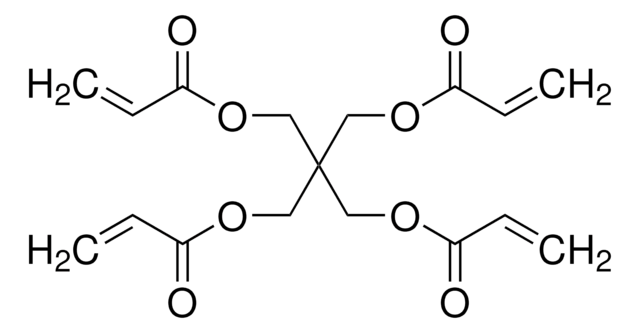
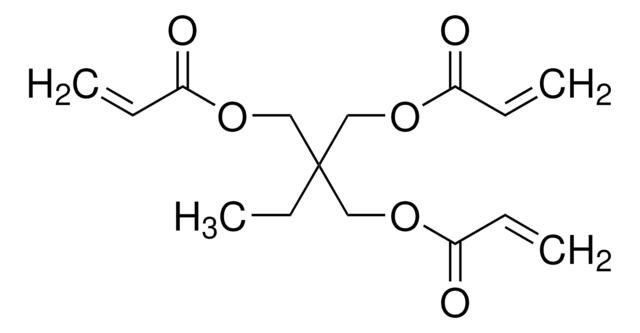
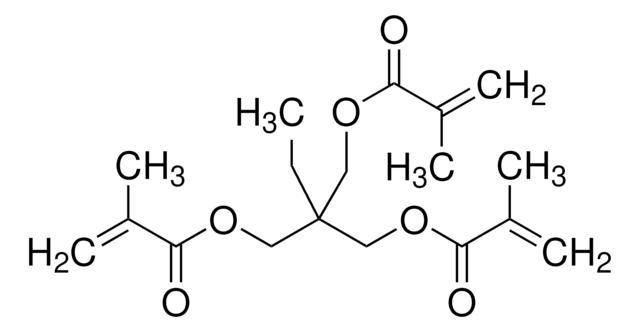
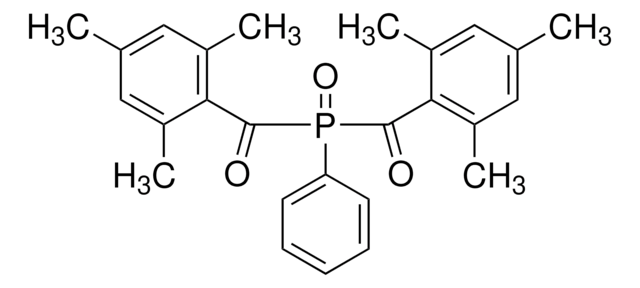

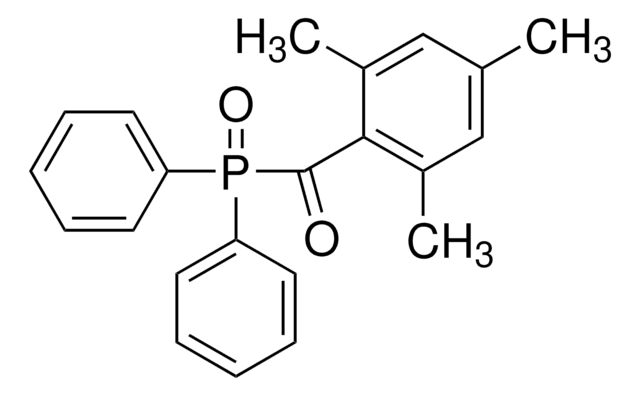
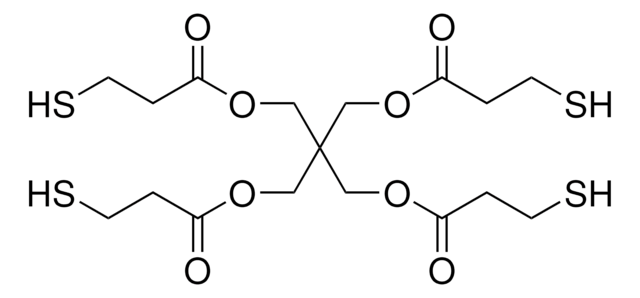


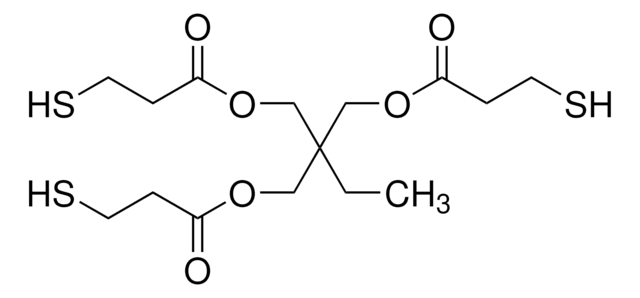



![Tris[2-(acryloyloxy)ethyl]isocyanurat](/deepweb/assets/sigmaaldrich/product/structures/254/494/1a620abc-8043-457f-92ec-87a959682438/640/1a620abc-8043-457f-92ec-87a959682438.png)
